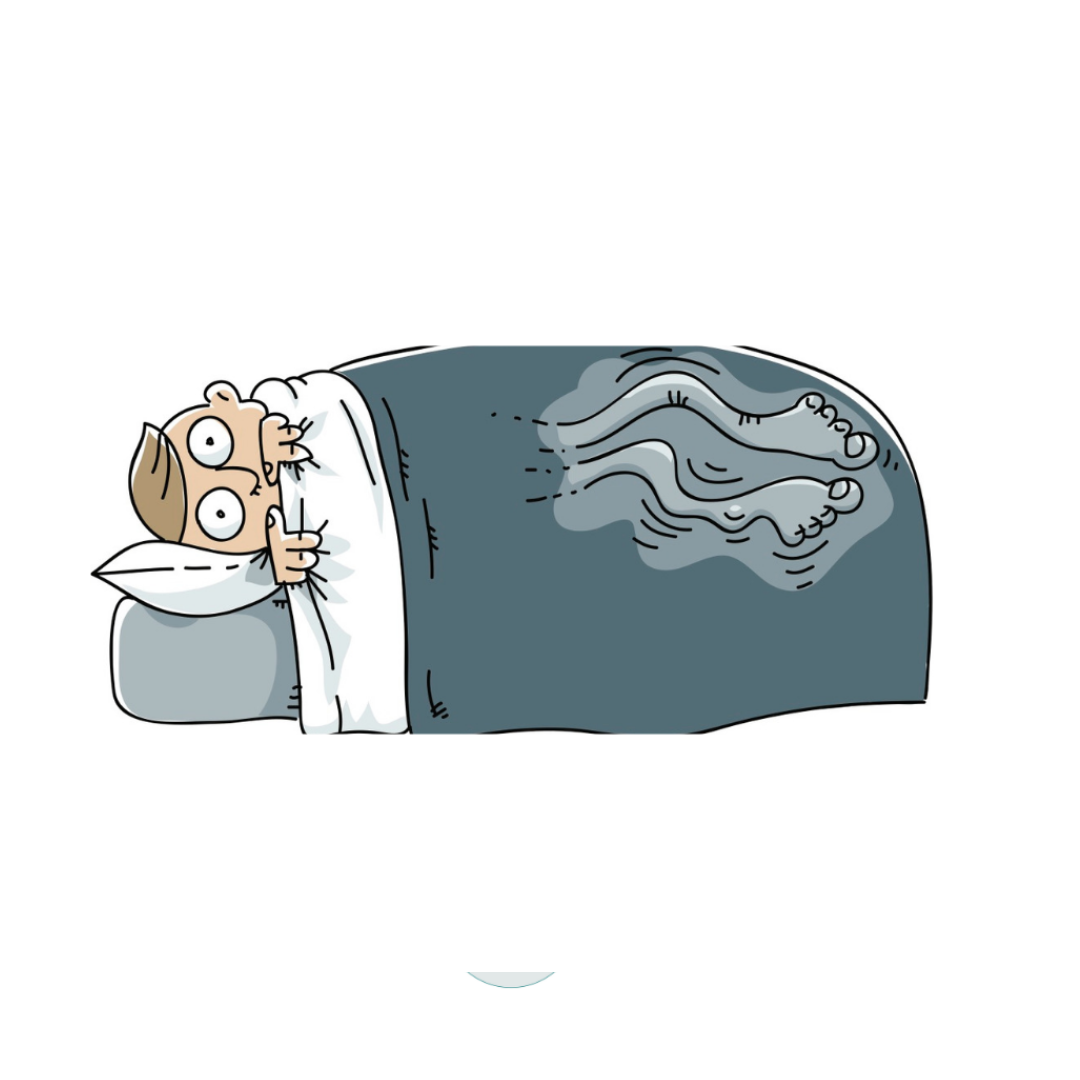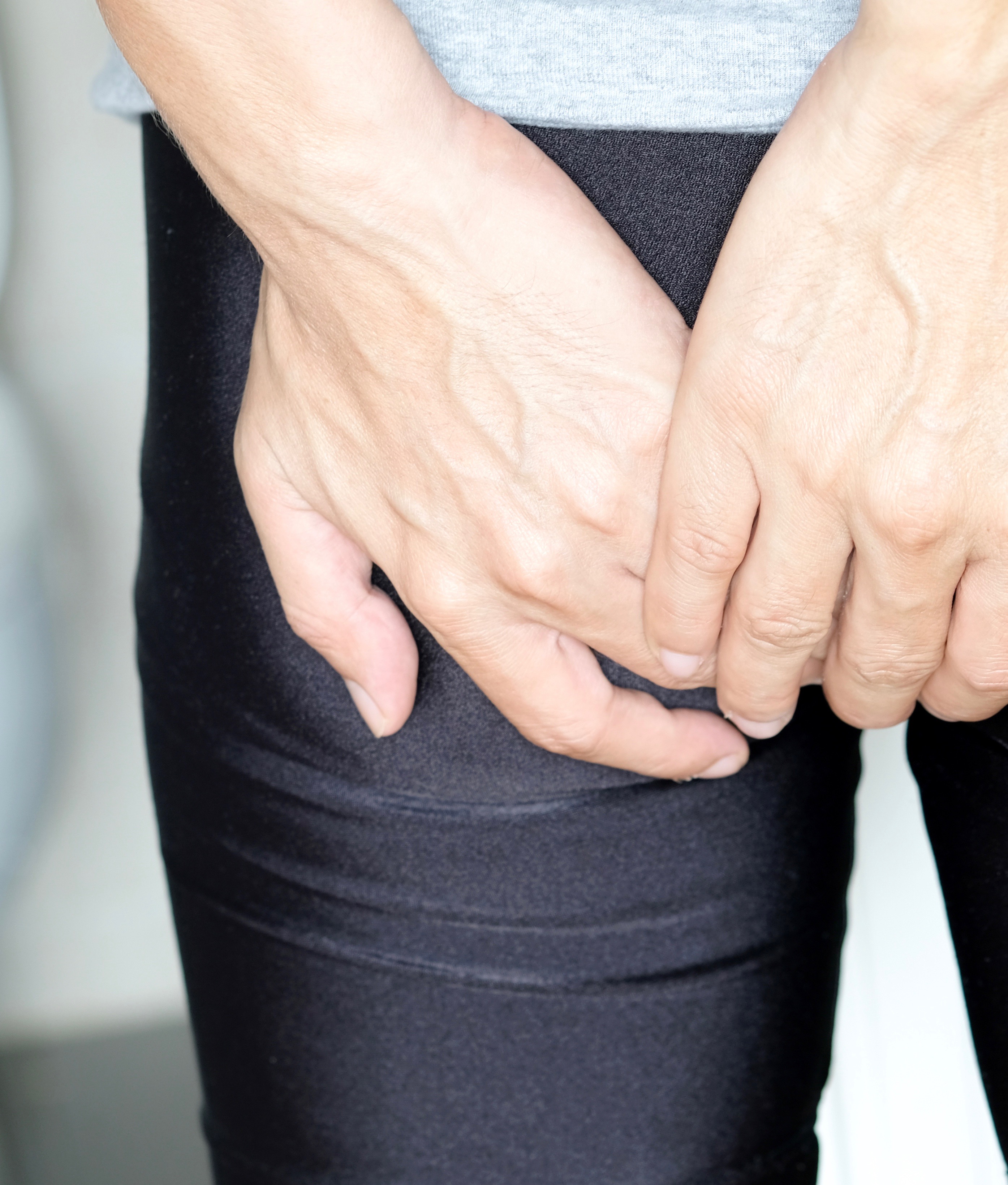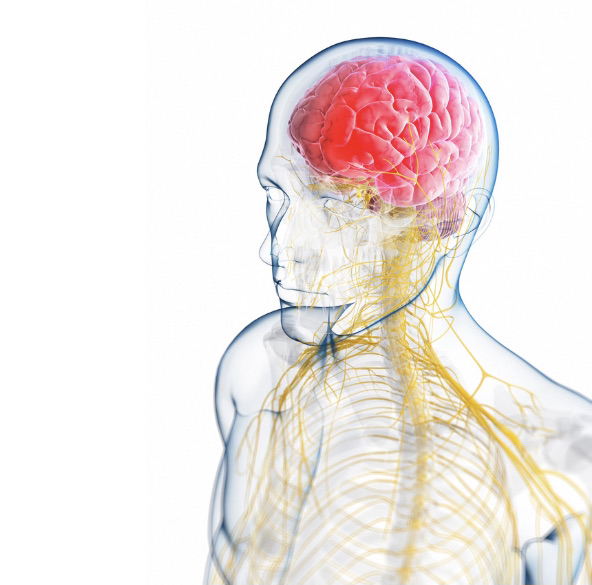“My back’s killing me.” It’s one of the most common complaints I hear from men, whether in a clinic or during rehab. But often, the back isn’t the real issue.The problem often starts lower down, usually with the pelvis, hips, or another area not functioning correctly. When that happens, the back picks up the slack, […]
All About Men: That Stiff Back Might Not Be About Your Back at All




















